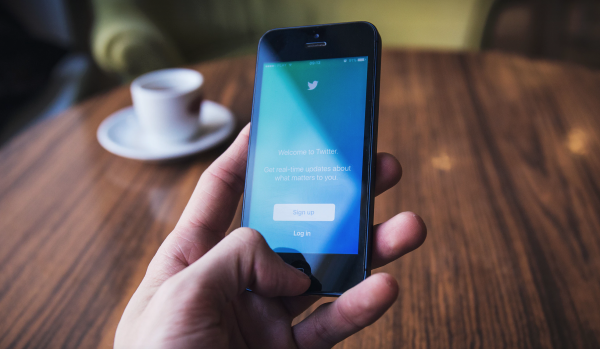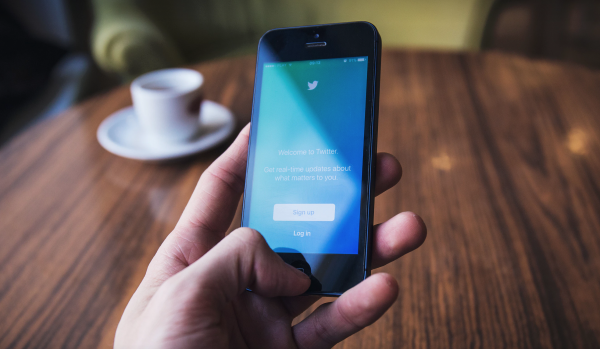
When it comes to social media for publishers, you could be spending less time and getting more out of it

There’s no doubt about it, social media for publishers is an investment. You have a lot of content, and too many options on where to publish it.
[text_ad]
We meet far too many niche publishers who have editorial teams struggling to incorporate social into their job descriptions. You can fix the weight on your teams by allowing them to tell you what works, and what doesn’t.
My first tip today on social media for publishers, is to spend less time on social media platforms that don’t give you back what you need, which is website traffic.
Note I didn’t say spend less money, I said less time. By all means, try out social ads to see if the ROI is worth it. There’s more to your business than website traffic, and branding and visibility are part of the equation. But you can just as easily spend a small budget on social ads as you can by asking someone to experiment on a new platform to build an audience.
My next tip on social media for publishers is to make more of the time you’re spending.
One of the best ways to drive social traffic to a publication and its free content Portal, is by promoting content, especially re-promoting content that has already been published. This includes your blockbuster posts, the articles that send the most traffic to your website, and that you’d like to continue doing so.
If you’re new here, let me introduce you to our 12x12x12 social recycling methodology. In the olden days, you would promote an article after it published once, maybe again the next day, but not likely, and probably never again. This is a bad idea now that social media signals play such a large role in Google’s search engine algorithm. Instead, we suggest at the time of writing an article, your editor or social editor writes 12 unique social media posts and then schedules them on Twitter for the first 12 days, and then once a month for 12 months. Then, use those same posts on Facebook and LinkedIn when the article publishes and again six months later, even 12 months later. The end result is a one-time job that benefits your article all year long.
My final tip is to learn more about the audience on each social network.
This echoes my first tip on social media for publishers, but in a different way. For example, Pinterest is an incredible social network for certain publishers. Many of them will see as much as half or more of their traffic come from it, if they publish recipes and craft projects with really good photography. However, most publishers won’t see the same benefit for their efforts. And it’s a shame because Pinterest sends a lot of people to those types of publishers. Is your content geared toward business people on LinkedIn, or older millennials, Generation X and young Baby Boomers who you’ll find on Facebook? How about millennials and tech-folk you’ll find moreso on Twitter? Or the artists and fashion-forward, mixed with tweens on Instagram? Social media platforms aren’t that narrowly defined, of course, but each network as its own culture and it’s worth determining if you fit before spending more time on them.
So, how can you spend less time and get more out of it? Spend less or no time on the social platforms that don’t work, and with the time you save, use a quarter of that time to hone in harder on the ones that do, and another quarter of the time to make sure you’re getting SEO benefit out of your efforts by using the 12x12x12 strategy above. You’ve now gained back half the amount of your wasted time, and gained perspective, a search benefit, and a greater impact on the platforms that work.
I would love to hear what your publication is, and what social networks work best for you. Please leave a comment below and weigh in.



I generally enjoy your posts and thank you for your effort. However, Google strongly denies that there is any tie between social sharing and search ranking. That makes sense because it can be so easily gamed. There have been some studies which may hint at a correlation between sharing and rank but it could be something more complex — perhaps articles that are shared more get more backlinks, for example. In an event, Google’s official stance is that there is no connection. Thanks!
Thanks for your comment! In our own tests, we’ve seen a noticeable difference when we run an organic “social campaign” on an old post, where it may have dropped from page 1 to page 3, and then jumps back to page one after we do this. We’ve tried it many times and it seems to work consistently, so we believe, and I think most experts agree that social has an impact. Google never admits to anything, so we don’t go by their word. 🙂